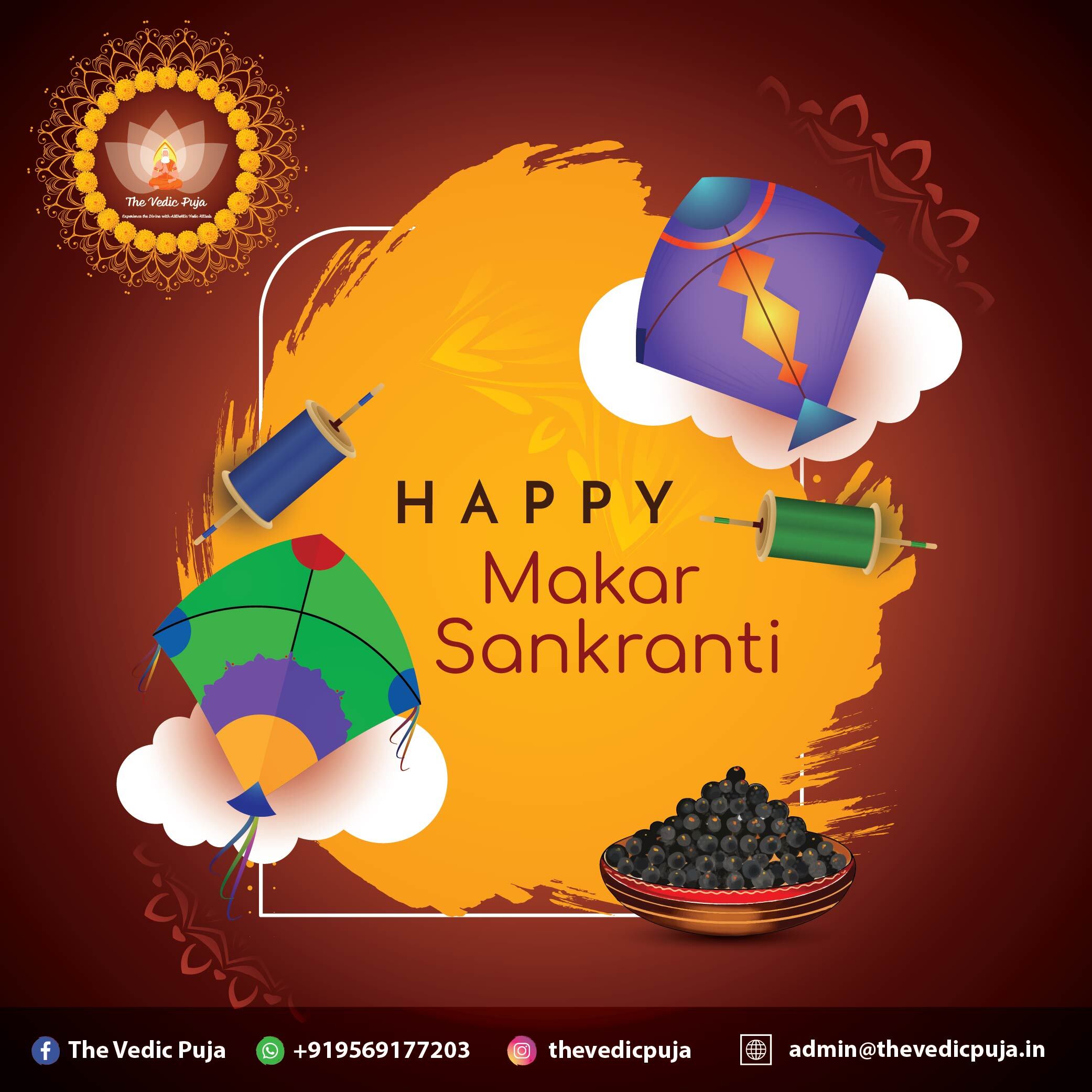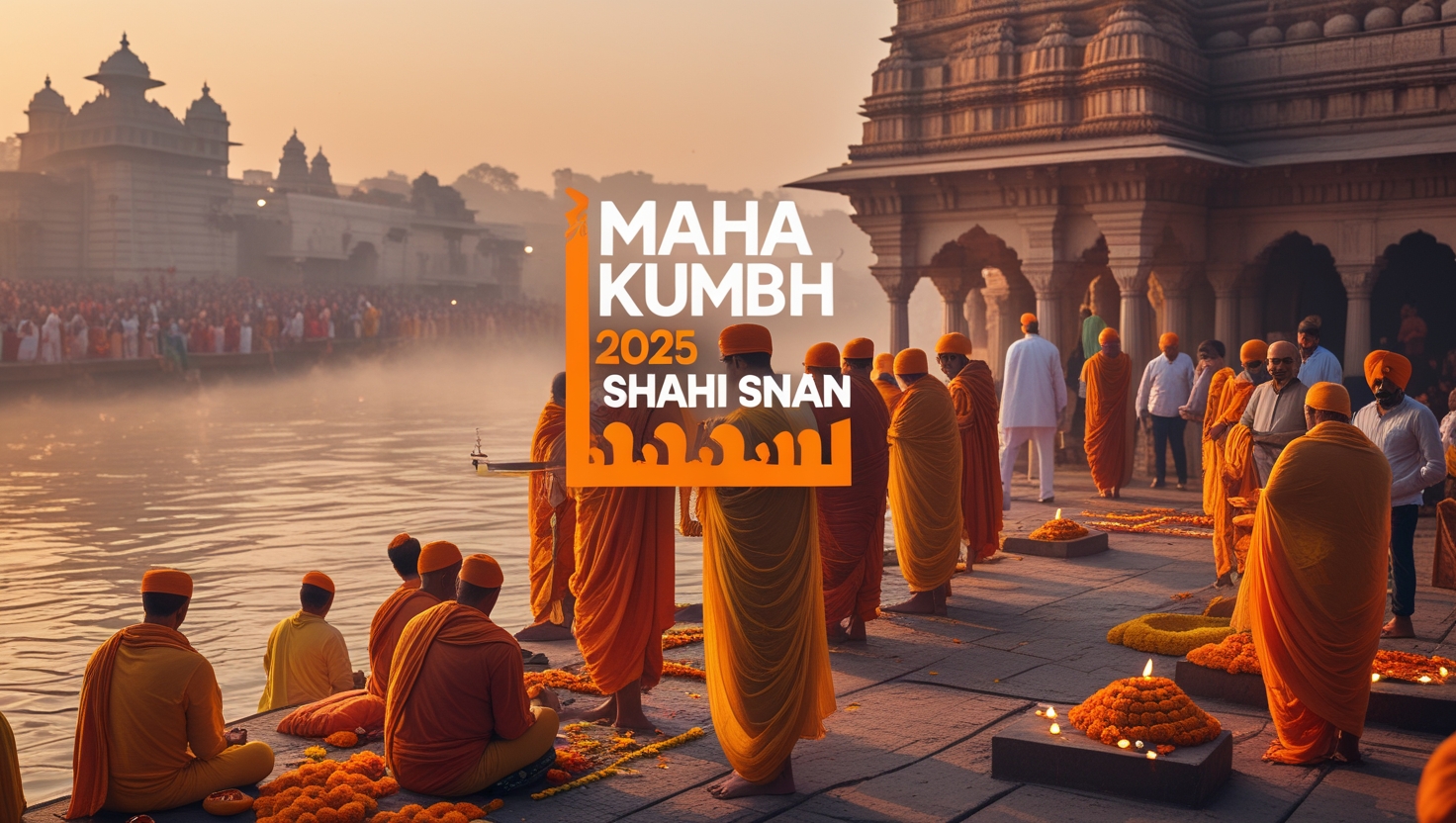Makar Sankranti, one of India’s most revered harvest festivals, holds profound spiritual and cultural significance in Hindu tradition. As we approach January 14, 2025, let’s explore this auspicious festival’s deep-rooted traditions, celebrations, and spiritual importance across India.
The Divine Significance of Makar Sankranti

Makar Sankranti marks the sun’s celestial journey into Makara Rashi (Capricorn), initiating the auspicious period of Uttarayan. The sacred Sanskrit mantra “ॐ सूर्याय नमः” (Om Suryaya Namah) resonates across temples and households, honoring Surya Dev, the Sun God.
According to ancient Hindu scriptures, this transition represents spiritual awakening and new beginnings. The Sanskrit verse “संक्रान्तिः मकरे पुण्या” (Sankrantih Makare Punya) emphasizes the day’s sanctity, promising divine blessings and spiritual elevation.
Auspicious Timing for Makar Sankranti 2025
For 2025, the key timings are:
- Makar Sankranti Moment: 9:03 AM, January 14, 2025
- Punya Kaal: 9:03 AM to 5:46 PM
- Maha Punya Kaal: 9:03 AM to 10:48 AM
During these sacred hours, devotees chant the Surya Gayatri Mantra:
“ॐ भूर्भुवः स्वः तत्सवितुर्वरेण्यं भर्गो देवस्य धीमहि धियो यो नः प्रचोदयात्”
Regional Celebrations Across India
Tamil Nadu: Pongal
The four-day celebration begins with Bhogi Pongal. Families prepare the traditional “Pongal o Pongal” dish while chanting “पोङ्गलो पोङ्गल्” (Pongalo Pongal), celebrating abundance and prosperity.
Gujarat: Uttarayan
Known for its vibrant kite festival, the skies fill with colorful kites as people chant “काय पो छे” (Kai Po Che). Traditional Gujarati delicacies like undhiyu and jalebi mark the festivities.
Maharashtra: Til-Gul
People exchange til-gul (sesame and jaggery sweets) with the greeting “तिळगुळ घ्या, गोड गोड बोला” (Til-gul ghya, god god bola), promoting sweetness in relationships.
Punjab: Lohri
The festival begins with Lohri celebrations, where communities gather around bonfires singing traditional songs like “सुंदर मुंदरीये” (Sundar Mundariye).
Sacred Rituals and Traditions
Ganga Snan (Holy Bath)
The day begins with a sacred bath, preferably in holy rivers like the Ganges, while reciting:
“गंगे च यमुने चैव गोदावरि सरस्वति |
नर्मदे सिन्धु कावेरि जलेऽस्मिन् सन्निधिं कुरु ||”
Surya Arghya
Offering water to the Sun God is accompanied by the mantra:
“ॐ घृणि सूर्याय नमः” (Om Ghrini Suryaya Namah)
Charitable Acts (Dana)
Giving to the needy is considered highly auspicious. Traditional items for donation include:
- Til (Sesame)
- Gud (Jaggery)
- Warm clothing
- Grains
- Cotton items
Traditional Foods and Their Significance
Til-Gud Ladoo
These sweet balls of sesame and jaggery symbolize warmth and bonding. While preparing, many chant:
“तिल-गुड घ्या आणि गोड गोड बोला” (Til-gud ghya ani god god bola)
Khichdi
In North India, especially Uttar Pradesh and Bihar, the preparation of khichdi is accompanied by:
“अन्नपूर्णे सदापूर्णे शंकरप्राण वल्लभे |
ज्ञान वैराग्य सिद्धयर्थं भिक्षां देहि च पार्वति ||”
Cultural Activities

Kite Flying
The tradition of kite flying symbolizes reaching toward the sun. Popular kite-flying chants include:
“ऊँची पतंग मेरी” (Unchi Patang Meri)
Traditional Games
Communities engage in various traditional games and sports, strengthening social bonds.
The Spiritual Science Behind Makar Sankranti
Astronomical Significance
The sun’s northward journey (Uttarayan) marks the beginning of a six-month auspicious period. This astronomical event holds deep spiritual meaning in Vedic astrology.
Health Benefits
The timing of Makar Sankranti aligns with seasonal changes, promoting:
- Natural body detoxification
- Increased immunity
- Better digestion
- Mental clarity
Modern Celebrations and Environmental Consciousness
While maintaining traditional values, modern celebrations emphasize:
- Eco-friendly kites
- Sustainable practices
- Community engagement
- Cultural preservation
Conclusion
Makar Sankranti 2025 presents an opportunity to connect with our cultural roots while embracing positive change. As we celebrate this ancient festival, let’s remember its core messages of gratitude, harmony, and spiritual growth.
Frequently Asked Questions (FAQs)
1. What makes Makar Sankranti different from other Indian festivals?
Unlike most Hindu festivals that follow the lunar calendar, Makar Sankranti follows the solar calendar, making it one of the few festivals that falls on the same date every year (January 14 or 15).
2. Why do we eat til-gud during Makar Sankranti?
Sesame and jaggery are warming foods that provide necessary nutrients during winter. The combination also symbolizes speaking sweetly and staying united.
3. What is the significance of kite flying during Makar Sankranti?
Kite flying is believed to expose people to healthy sunlight during winter and symbolizes reaching toward the divine. It’s also a community bonding activity.
4. Why is wearing black clothes considered acceptable during Makar Sankranti?
Black clothing helps absorb the sun’s beneficial rays during winter. This scientific reasoning makes it an exception to the usual avoidance of black in Hindu festivals.
5. What is the connection between Makar Sankranti and agriculture?
As a harvest festival, Makar Sankranti marks the beginning of a new agricultural cycle, celebrating the sun’s role in farming and expressing gratitude for a successful harvest.
6. How long should one perform Surya Namaskar on Makar Sankranti?
While there’s no strict rule, performing 12 rounds of Surya Namaskar during the Punya Kaal (9:03 AM to 5:46 PM) is considered highly beneficial.



Pingback: महाकुंभ 2025: विश्व का सबसे बड़ा आध्यात्मिक समागम (Maha Kumbh 2025 Shahi Snan)